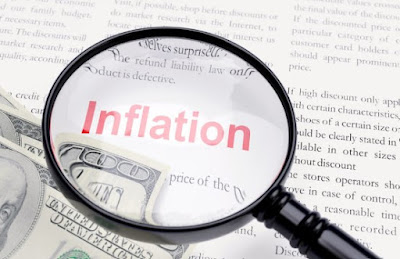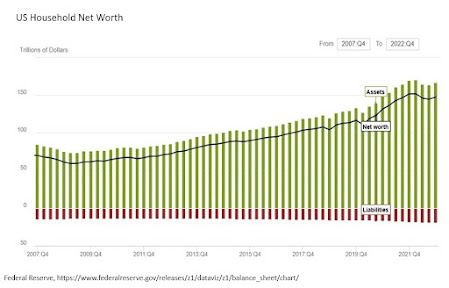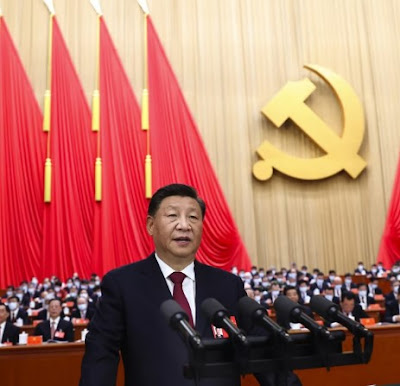In an unusual development, sterling is outperforming today. It rose to a four-day high near $1.4230 on what appears to be mostly modest position adjustment in relatively subdued turnover. The $1.40 area held on repeated tests in the second half of last week. Stops were triggered above $1.4160 forcing latest shorts to cover. The news stream was not particularly helpful with the British Chamber of Commerce warning that the economy slowed in Q1 with the balance of services the poorest in nearly three years. Meanwhile, UK stocks and bonds are underperforming slightly.
If sterling has not peaked for the session, the intraday technical readings warn that the high has been approached. The week's key events for sterling, include tomorrow's CPI report, and the BOE meeting may not be sufficient to offset the angst over Brexit and the new challenge faced by Prime Minister Cameron over the handling of the family's tax avoidance minimization actions.
The dollar fell to new lows against the yen just below JPY107.65. However, there was not follow-through selling, and as North American traders return to their posts, the greenback is pushing back toward the session highs near JPY108.30. Immediate resistance is seen near JPY108.60. Japan reported a somewhat less steep decline in the volatile machinery orders data. The 9.2% decline in February followed a 15% increase in January. The Bloomberg median estimate was for a 12% decline.
The 38.2% retracement of the Abe-induced dollar rally against the yen is found near JPY106.80, and the measuring objective of the potential head and shoulders pattern is near JPY107.00. Speculators in the futures market have amassed a record gross long yen position while portfolio investment has mostly flowed out of Japan.
It is not that the G7 and G20 best practices forbid intervention. That overstates the case. Recall in 2011, after Japan was hit by the earthquake and tsunami, the G7 did coordinate intervention to weaken the yen. Rather intervention should rarely be used to combat disorderly markets. It should be transparent and in consultation with its partners. The yen's strengthening following the adoption of negative interest rates at the end of January is counter-intuitive, but the market does not appear disorderly.
The dollar fell from near JPY122 to JPY111 in the first half of February. The greenback then traded broadly sideways even if choppily, until late-March when the dollar has fallen another 6-7 yen. In the first half of February, three-month implied volatility spiked above 14%. It is below 125 today. In the first half of February, (three-month 25-delta) options showed larger premium for dollar calls (yen puts) than today. On the face of it, we continue to suspect that an MOF discussion of the desire to intervene would not find a warm reception by Japan's partners. Would European finance ministers or the US Treasury want their currencies to be bought?
Helped by rising commodity prices and the first monthly increase (0.5%) in producer prices in more than two years, Chinese shares posted their biggest advance in two weeks (Shanghai Composite +1.65% and Shenzhen Composite +2.0%). China reported consumer prices rose 2.3% in March, the same as February. Producer prices fell 4.3% in March, after a 4.9% fall in February. The main impetus for headline consumer prices continues to be food.
Food prices rose 7.6% from a year ago after a 7.3% increase in February. Some of the increase may be related to the distortions around the Lunar New Year celebration. Non-food prices rose 1% year-over-year. On the month, consumer prices fell 0.4%.
China releases a slew of economic data this week. In general, we expect to see more evidence that the economy has begun stabilizing. This may ease the immediate hard-land fears.
The European news stream is light. The focus is mostly on Italy. Italy reported a 0.6% decline in February industrial output. Although it is the biggest decline since the middle of last year, it was off less than expected. It follows larger than expected declines in French and Spanish industrial output. The composite eurozone figure is due out in the middle of the week and is expected to have fallen by around 0.7%.
Italian banks shares have continued their pre-weekend recovery on hopes that the formal attempt to deal with the bad loan problem is near completion. Italy’s Treasury and central bank are meeting with bank executives today to hammer out the final details. Italian shares are outperforming today. It gains are helping to lift the Dow Jones Stoxx 600, which has fallen four consecutive weeks. Financials are leading the advance.
For its part, the euro remains confined to the ranges seen since the start of the month. The $1.1450 area caps the upside while $1.1325 marks the floor. The euro is trading in about a quarter of a cent around $1.1400 today.
This week’s US economic calendar begins slowly. The main feature is speeches by the Fed’s Dudley and Kaplan. The US earnings season formally begins with Alcoa’s earnings after the close today. The Bank of Canada meets in the middle of the week and is widely anticipated to keep rates on hold. It may bring forward when its expects the output gap to close.
Tags: Bank of Canada




































